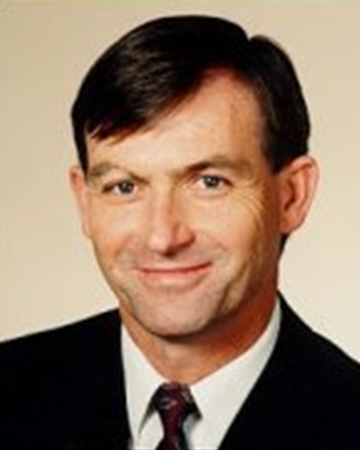Water, sewerage and drainage rates to rise generally by three per cent
17/4/98
Water, sewerage and drainage rates will rise generally by three per cent in 1998-99, Water Resources Minister Dr Kim Hames said today.
Water services charges on all residential properties will increase by $3.80 from $126.30 to $130.10. Sewerage and drainage charges, based on the gross rental value of individual properties, will increase by an average of three per cent.
The average residential customer using 320 kilolitres a year and connected to the sewerage system would pay an extra $17.55 a year.
Drainage charges, which affect 38 per cent of householders in metropolitan Perth, will increase generally by $3.85.
Dr Hames said the main reason for the increase was to ensure the Water Corporation remained on track to fund its significant capital works program over the next five years to provide critical water infrastructure needed for the State's economic development until well into next century.
"Each year the Water Corporation will be spending a lot more than the total cost of building the northern suburbs railway.
"This investment will develop major infrastructure, maintain existing extensive assets, protect the environment and satisfy increasing customer service demands.
"The money will improve the security of water supplies for hundreds of thousands of Western Australians at a time when climate changes are having a dramatic impact.
"The recent summer proved that we have to bring forward supply projects and this is already happening. New treatment plants for underground sources in the northern suburbs are already under construction or being planned."
Dr Hames said an additional $120 million would be needed each year for projects which would help protect the environment.
"The commitment to the environment is absolute with $250 million alone earmarked in the immediate three years to continue the Infill Sewerage Program," he said.
"In fact, about 40 per cent of the capital works program will be for environmental projects and 50 per cent for those associated with the growth of WA. The rest improves service quality, as expected by the corporation's customers."
Dr Hames said the increases formed part of a long-term plan to achieve a smooth path to fund all activities, while ensuring customers did not face unacceptably large increases in charges.
The Minister said this year, for the first time, customers would not suffer retrospective price increases. The new charges would operate from July 1 instead of as early as January 1, as they had previously.
As part of the billing changes, the corporation had also introduced a new system whereby water consumption charges were based on customers' average daily use.
"This is a more equitable system which means people who shift houses in the second half of the corporation's billing year will still enjoy the benefits of the lower charge levels," Dr Hames said.
"Before, the cheaper water had all been used in the first half of the year."
As part of the change to average daily billing, corporation customers will have more water at the cheapest rate of 36.5 cents a kilolitre for consumption up to 150 kilolitres. This limit would increase to 165 kilolitres.
"This change will not produce extra income," the Minister said.
"Average daily billing has been introduced following requests from a range of customer groups."
The three per cent increase applies to water charges for residential customers consuming up to 350 kilolitres a year. Householders in metropolitan Perth using more than 350 kilolitres will be charged an additional increase of six per cent for consumption above that amount.
Country customers using more than 450 kilolitres in the South of the State and 650 kilolitres in the North, where supply costs are high, will face increases of 13 per cent for consumption over those limits. These charges will only affect eight per cent of all country customers.
There is a strong emphasis on educating householders to use water as efficiently as possible and this has become more urgent following last winter's poor rainfall and the very hot 1997-98 summer.
"The pricing structure is designed to reinforce this approach, encouraging those householders who use more than the average consumption to reduce their water use," Dr Hames said.
Media contact: Caroline Lacy (08) 9424 7450 or 041 791 7819



